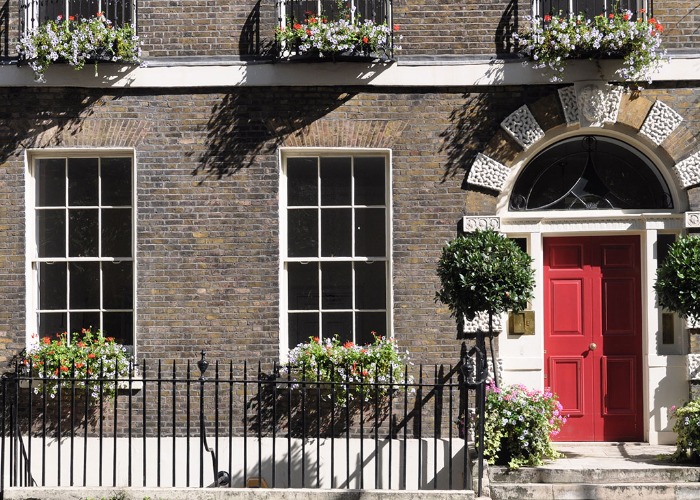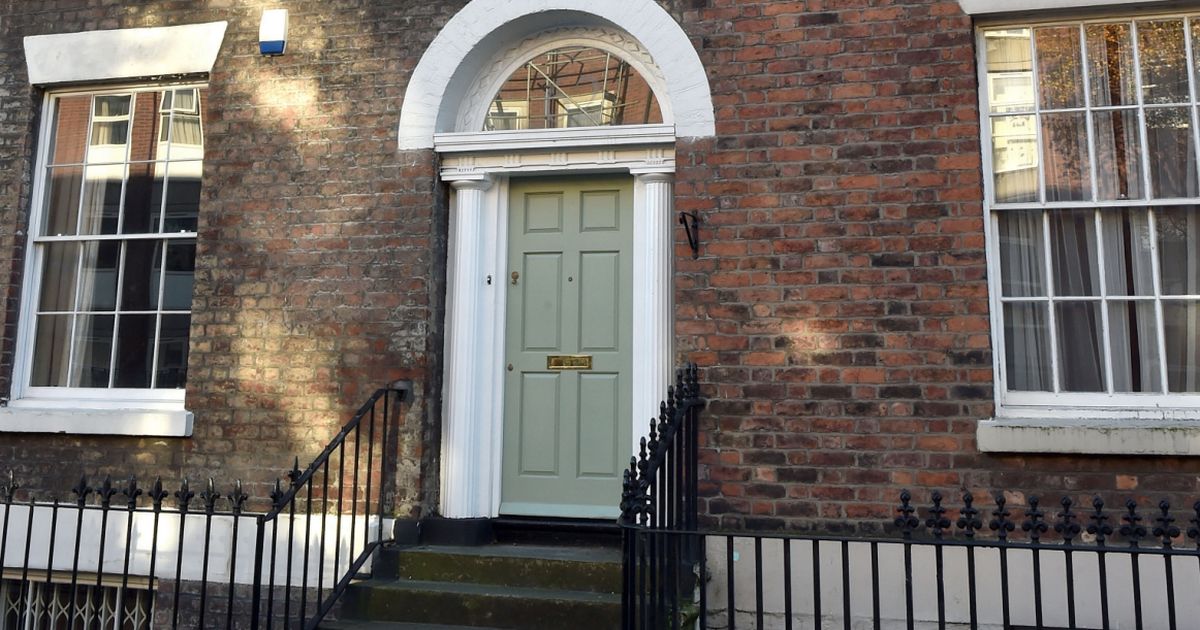5 ways to unearth the history of your home

Desperate to discover the secret history of your home? Here's how to dig deep...
As anyone who loved the TV show ‘A House Through Time’ can attest, looking into the history of a house can unearth more amazing stories than you could imagine. In the recent four-part BBC documentary, historian David Olusoga traced the 180-year-old history of one home in the Georgian Quarter of Liverpool.
This beautiful house was witness to the varied fortunes of the city; from its days as the capital of the British Empire in the late 19th century and all the way through two world wars, the swinging ’60s, the economic hardships of the ’70s and ’80s, and its rejuvenation of recent years.
From discovering the provenance of a building to finding out how your local area has changed over the years, there are so many delights to enjoy when you begin digging into your house's past. We’ve compiled a handy list of five tips to guide you around the not-so-complex art of creating a social history of your own home.
1. Ask the neighbours
The third episode of ‘A House Through Time’ features June Furlong, an 84-year-old resident of the same street who was the go-to life drawing model in the Liverpool art scene for more than 50 years and posed for everyone from John Lennon to Lucian Freud. Furlong was born just a few doors down from the house in question and has lived there for most of her life, so she knows a lot about the history of the area. You could have someone with a treasure trove of stories to tell right on your doorstep as well, so get out there and speak to your neighbours – they might help you uncover a kind of local history that books alone can’t provide.
2. Discover your REAL house number
At some point, you’re going to need the assistance of your local library service because the reference section should have copies of old maps dating back to the year when your home was built. These maps are worth their weight in gold because they should tell you about any changes to the numbering on your street, which happened a lot as new homes were built during Victorian times.
Once you’ve found the correct number of your house over the years, you should ask to see the electoral register and set aside some time to study it. From there, move on to the 1910 Lloyd George ‘Domesday’ Survey, which recorded every UK property with names of owners and occupiers. The library is also a great place to find out about local history societies which might have done a lot of the hard work for you, so reach out to their members and include them in your search.
3. Get to know the Land Registry
Here’s where you can find out about the more recent history of your home. For a small fee, the Land Registry will give you a list of everyone who’s owned your home since 1993. And you might be able to learn about even further back than that if your local authority has kept good records over the years (which is rare, unfortunately). Ask for a copy of the title deeds and cross your fingers – you might get lucky and find yourself with a chain of ownership that dates to the year when the building was constructed. But don’t worry if your Land Registry search doesn’t yield many results because there are plenty more options available.
 The house in Faulkner Street as it appears today. Image courtesy of the BBC
The house in Faulkner Street as it appears today. Image courtesy of the BBC
4. Make friends with your local council
The financial cuts of recent years mean local authorities are facing staff shortages these days, which won’t do your research quest any favours when it comes to viewing official documents. As a result, you’re going to have to apply a little charm and a lot of patience when speaking to the council. The first thing you’ll need to do is contact the clerk of your local council, county or parish, and ask to schedule an appointment to view the census records, which should hold plenty of clues.
You should ask for a list of tenants if your home was owned by the council at any point in its history, too. Hopefully by this point you should have a few names of people who lived in your house, so try to piece together their lives by viewing records for births, marriages, and deaths. (You can find a free index online here to get you started too.) Is your home listed? If so then the council is the best place to ask for the original plans of the building, which could reveal its first owners.
5. Scan for information on Google Books
At some point you’re going the end up with a time line of names that won’t mean very much to you. Usually this would be the point where your task becomes much more difficult, leading to many hours spent rifling through thousands of newspapers and trade directories from yesteryear – until Google Books came along, that is. The web search giant started its handy book search service back in 2004 and has been using state-the-art technology to scan and upload pages from billions of periodicals ever since – including many official records like will notices and court documents.
Keep refining your search terms by cross-referencing the names you’ve found with the street and city titles until you find out more about the kind of lives your home’s former inhabitants led. You should be aware, however, that due to copyright laws only selected pages have been uploaded from many books and you’ll have to resort to more old-fashioned research methods to produce a fuller picture. But it’s still a great service despite its limitations and you could even try searching for the first line of your address, which may give you the details of anyone notable who’s lived there since as far back as the 16th century!
Comments
Be the first to comment
Do you want to comment on this article? You need to be signed in for this feature